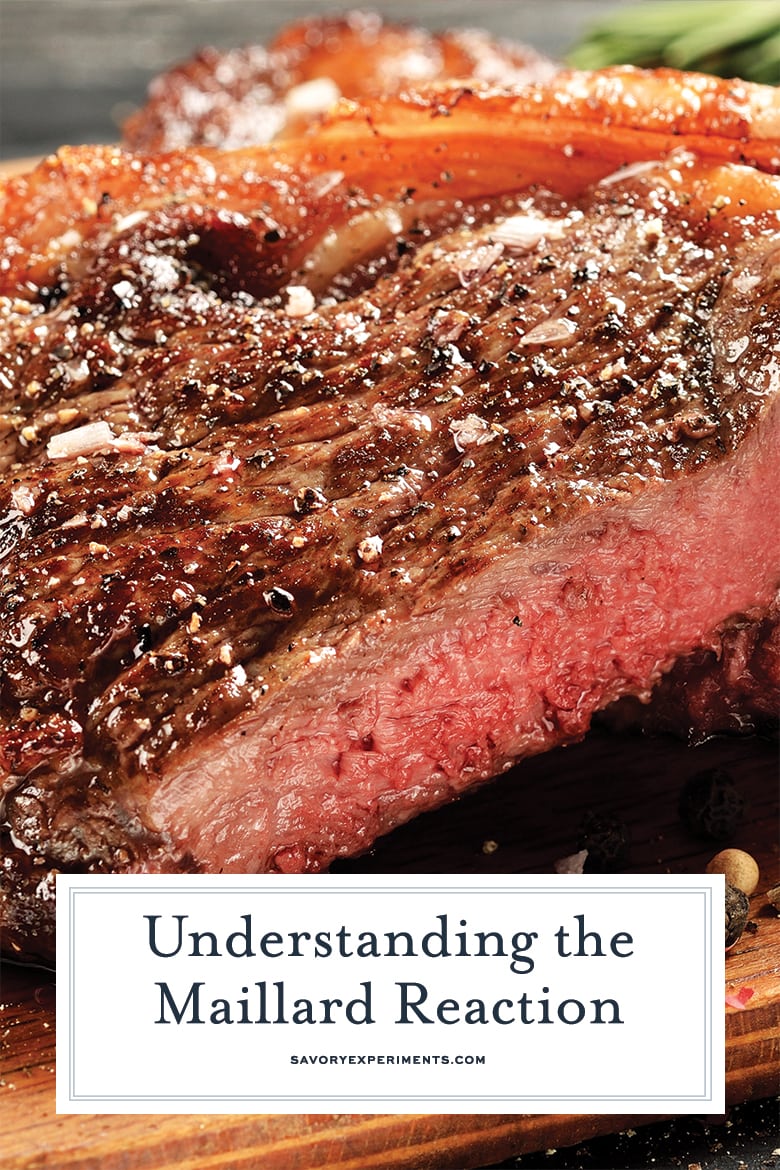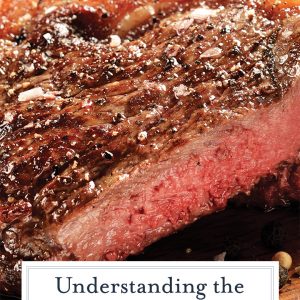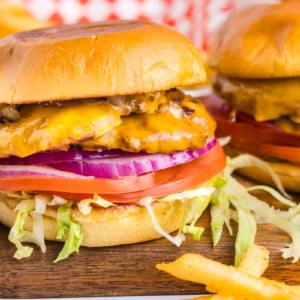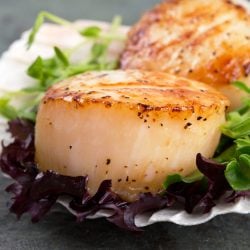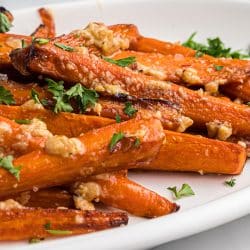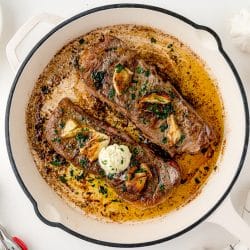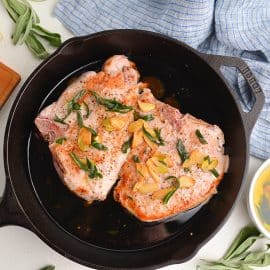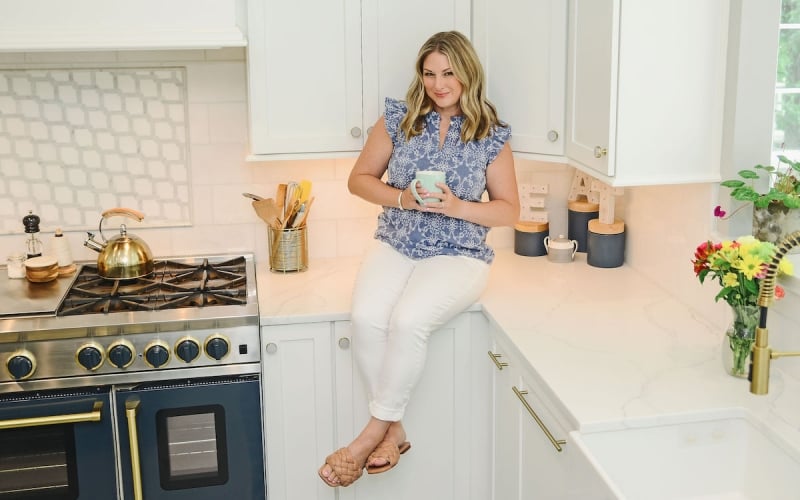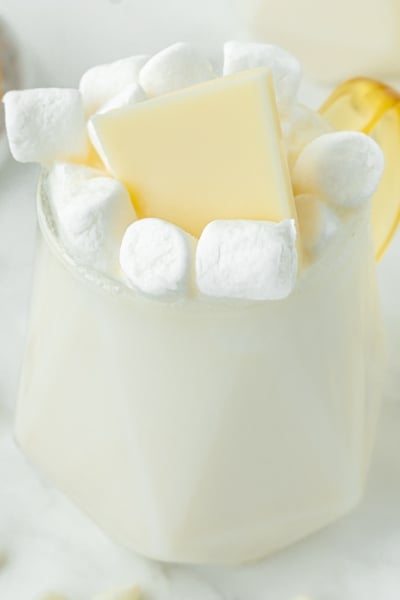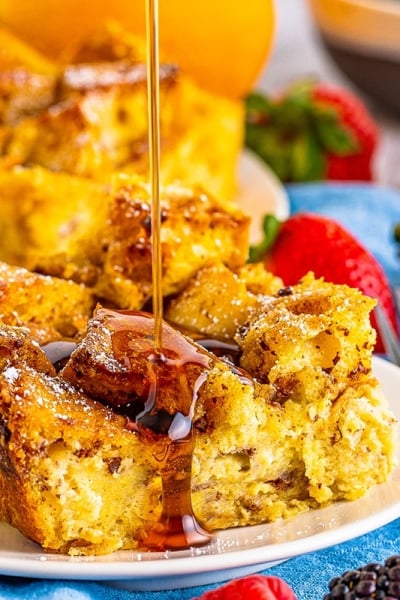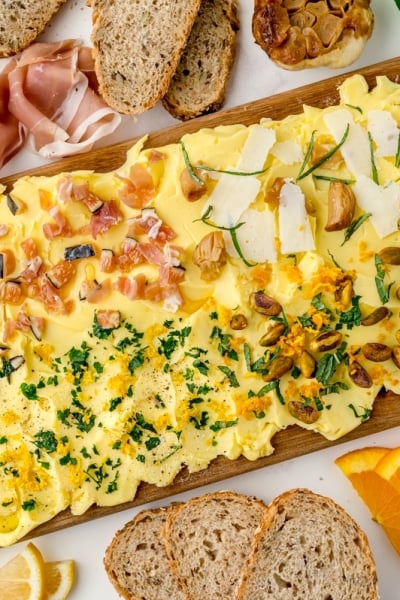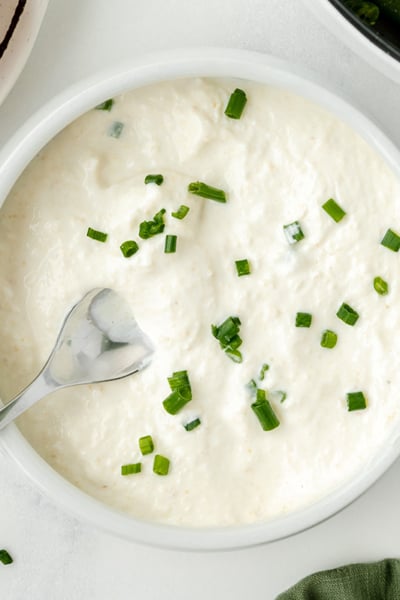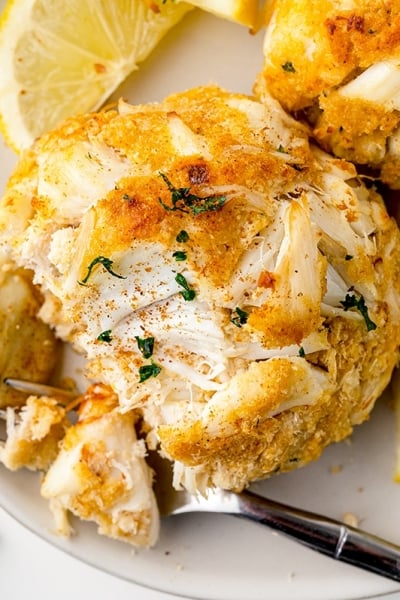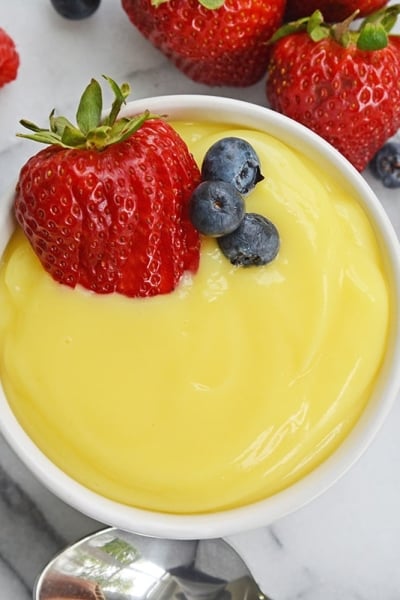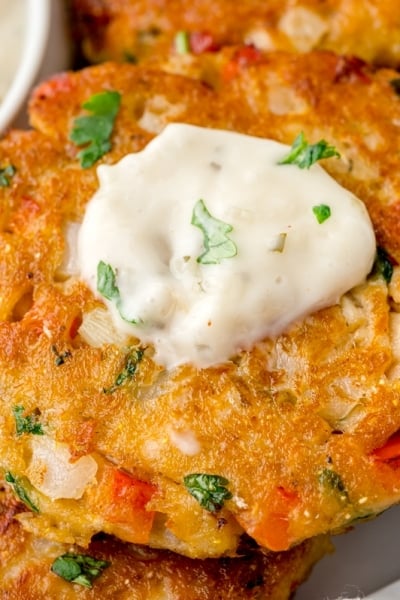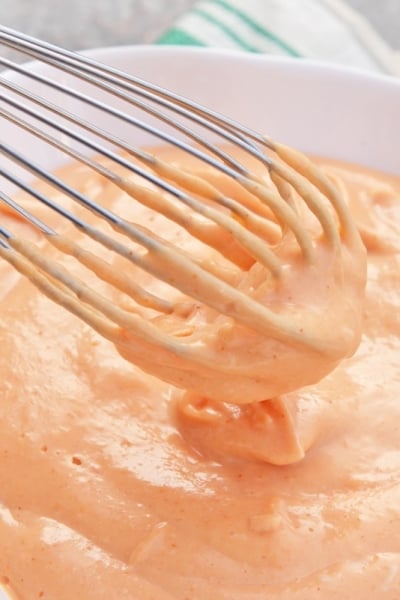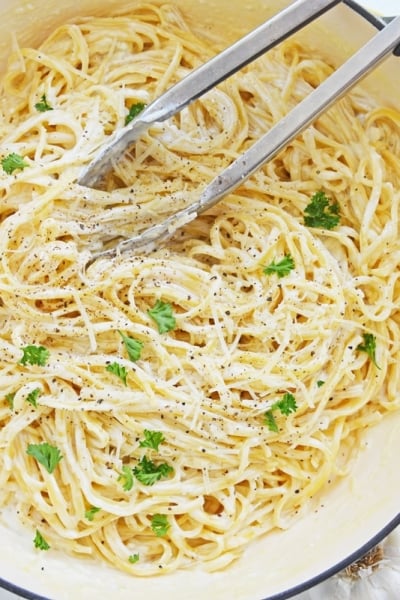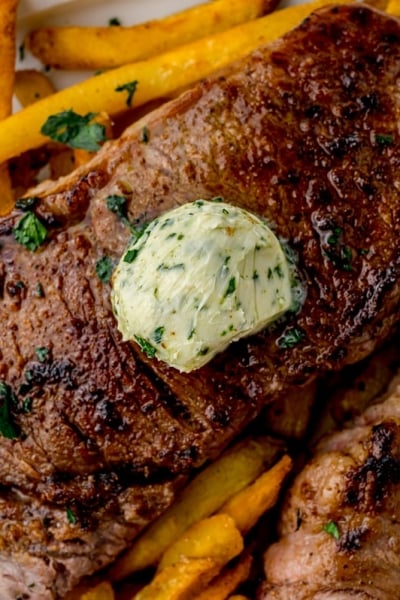We’ve all been there. A recipe tells you to brown the meat before adding to a slow cooker, pressure cooker or oven. But why? Can’t I skip this step if I plan to cook it anyhow?
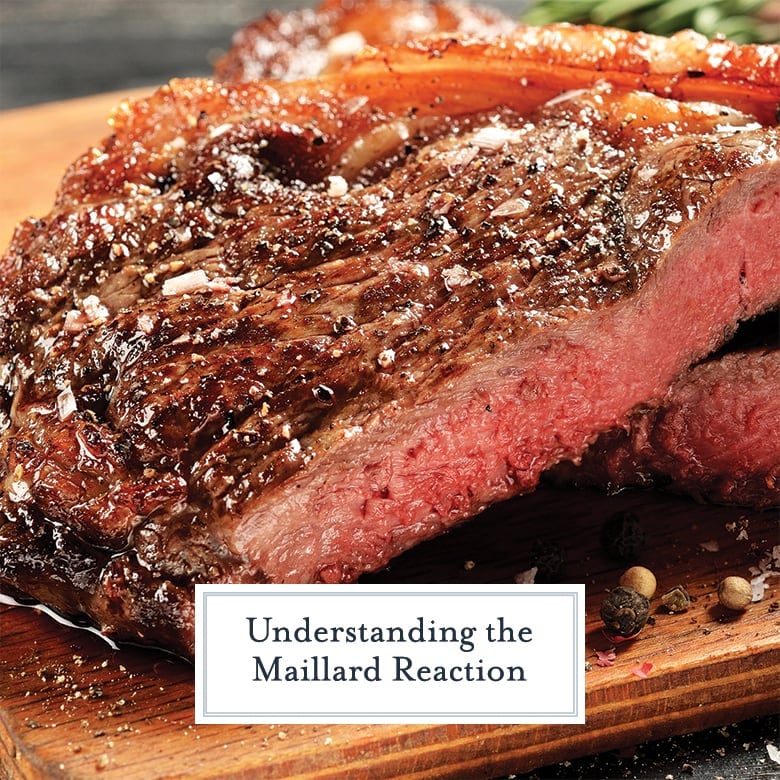
The answer is you can, but you shouldn’t. It is a chemical process called the Maillard Reaction and it is one of the most important aspects of creating flavorful food in the kitchen. The more you understand it, the better home cook you will be.
What is the Maillard Reaction?
The Maillard Reaction is a chemical process that occurs when heat is applied to food so that amino acids and sugars combine producing enzymatic browning. This changes the flavor profile of the food and creates an acid.
You’ll mostly see it referred to in meats and proteins, but this process happens in all sorts of cooking like cookies, breads, marshmallows, onions and even nuts. It is similar to caramelization however slightly different.
The Food Science Behind It All
The process was named after the scientist who discovered the chemical reaction named Louis-Camille Maillard. When heat is applied the amino acids and sugar undergo a chemical transformation, rearranging into rings. Yes, rings!
These rings are responsible for the change in color (browning reactions) and also the difference in aromas and flavors. This same process is not achieved through other types of cooking like braising, slow cooking or pressure cooking, so it needs to be done before that process starts.
For other foods, the Maillard reaction is the only act of cooking it needs, like for a toasted marshmallow in a smore.
How to Make it Happen
The two largest elements are high temperatures and low moisture. This why you will commonly see recipes calling for the protein to be blotted dry with a paper towel. This removes any surface moisture so the process can take place. Too much moisture results in lackluster flavor and a gray color instead of deep brown.
The next step is a really HOT pan. Like smoking point hot. If you are using some sort of fat to prevent sticking, make sure it has a high smoke point and use very sparingly, as this can also inhibit the process because now the food is wet.
Moisture in the food or in the pan will prevent the temperature from rising above the boiling point of water which is not sufficient for the reaction to occur.
You also don’t want to the temperature to be so hot that it just burns and chars instead of browning.
The best ways to produce the reaction are a hot cast iron skillet or stainless-steel pan or a blow torch. Hot griddles also work and in some cases, a grill, but then the heat is only applied on the grates and not evenly through the food.
Recipes that Use the Maillard Reaction
Smashburger Recipe
How to Sear Scallops
Charred Carrots with Honey Brie Sauce
Pan Fried Steak
Butter Sage Cast Iron Pork Chop Recipe
